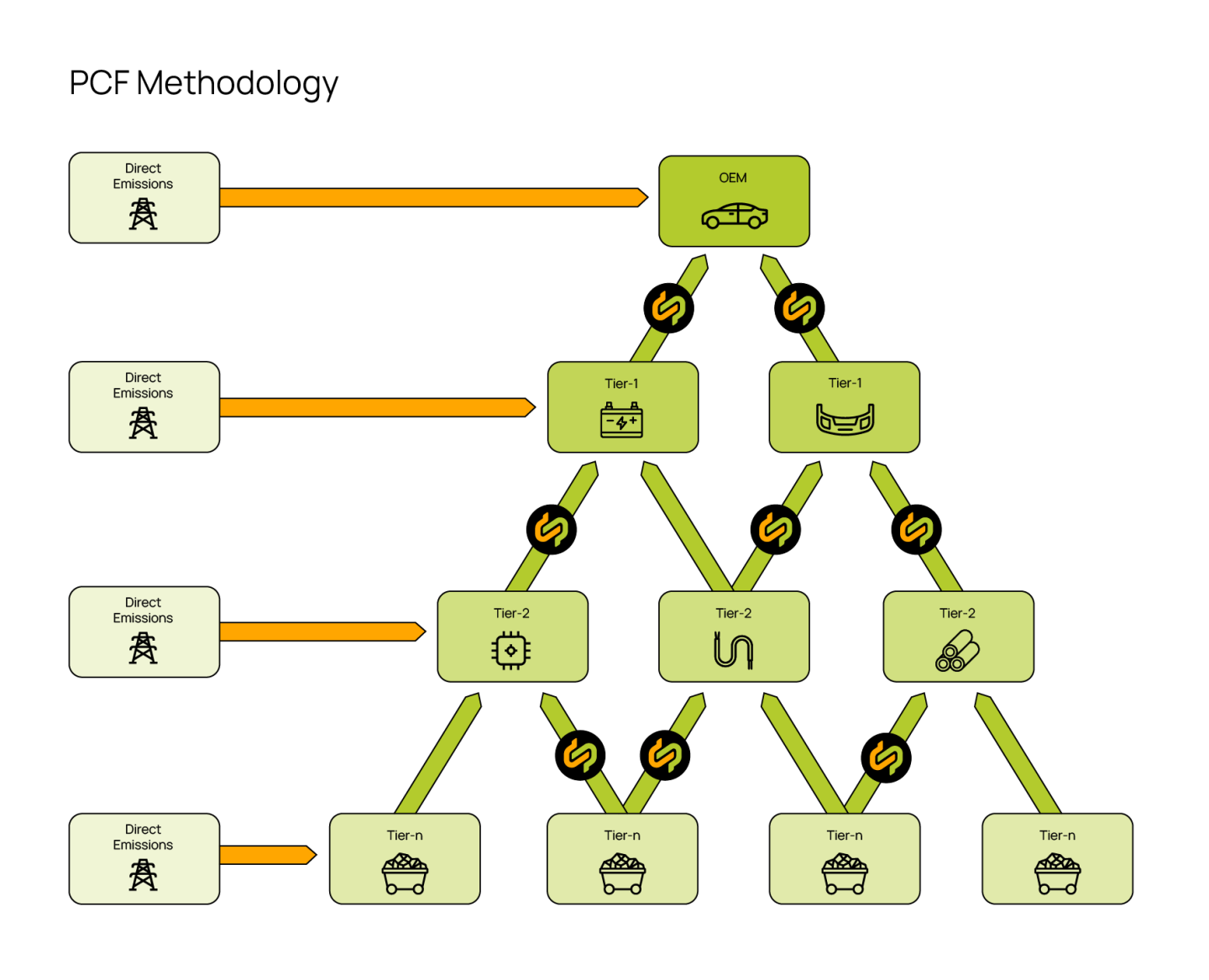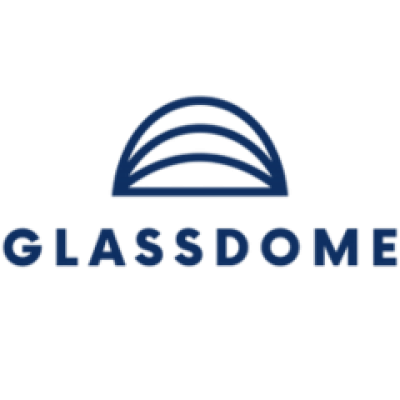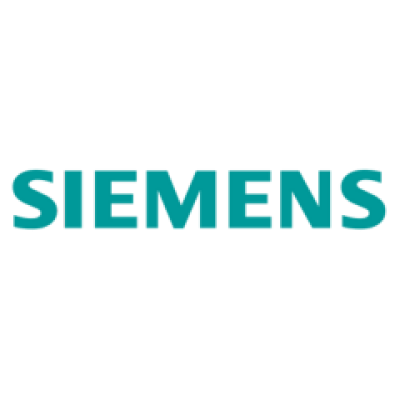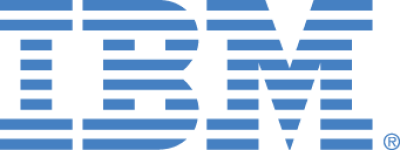Methodology
The Catena-X PCF Rulebook v3.0 defines a standardized approach to calculating cradle-to-gate Product Carbon Footprints based on primary data. Aligned with the GHG Protocol and industry-specific practices, it enables traceable, comparable, and interoperable CO₂ accounting across supply chains. This common methodology supports consistency in Scope 3 emissions reporting and prepares companies for regulatory and customer requirements across sectors.
Data availability
The Catena-X PCF Data Standard (CX-0136) enables seamless and structured data exchange between supply chain partners. It defines the format, metadata, and interfaces necessary to transmit PCF values, whether as fully detailed datasets or aggregated values. This standard ensures that companies can request and share emissions data across systems without dependency on specific software providers, while maintaining control over confidentiality and data quality.
Audit and Verification
The Catena-X Verification Framework introduces a structured process for validating PCF calculations against the Rulebook. It allows for independent verification of both methodology compliance and data plausibility, ensuring trustworthiness of the results. This framework reduces duplication of effort by enabling shared verification across the supply chain, supports assurance in ESG reporting, and lays the foundation for auditor-accepted PCF disclosures.



















